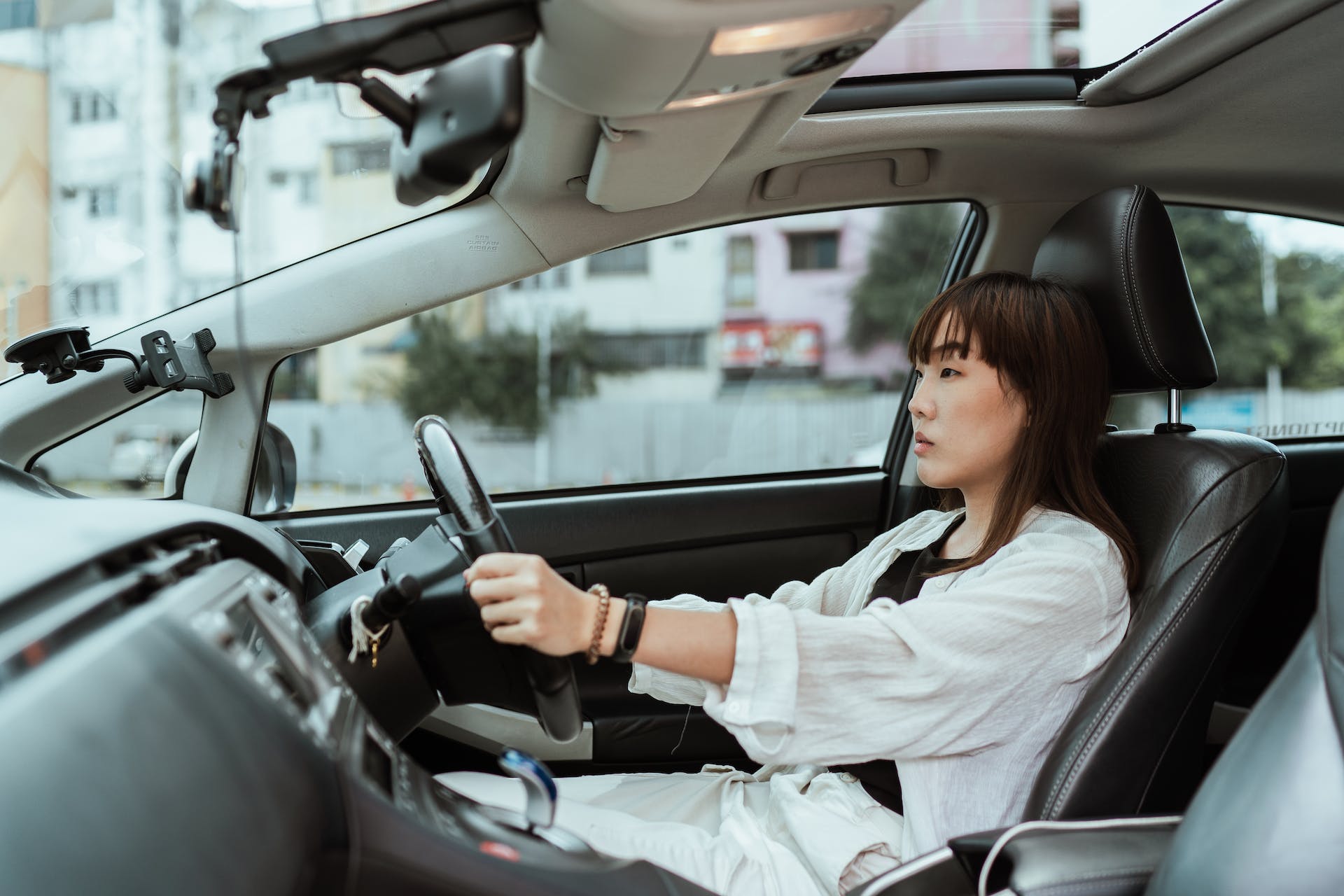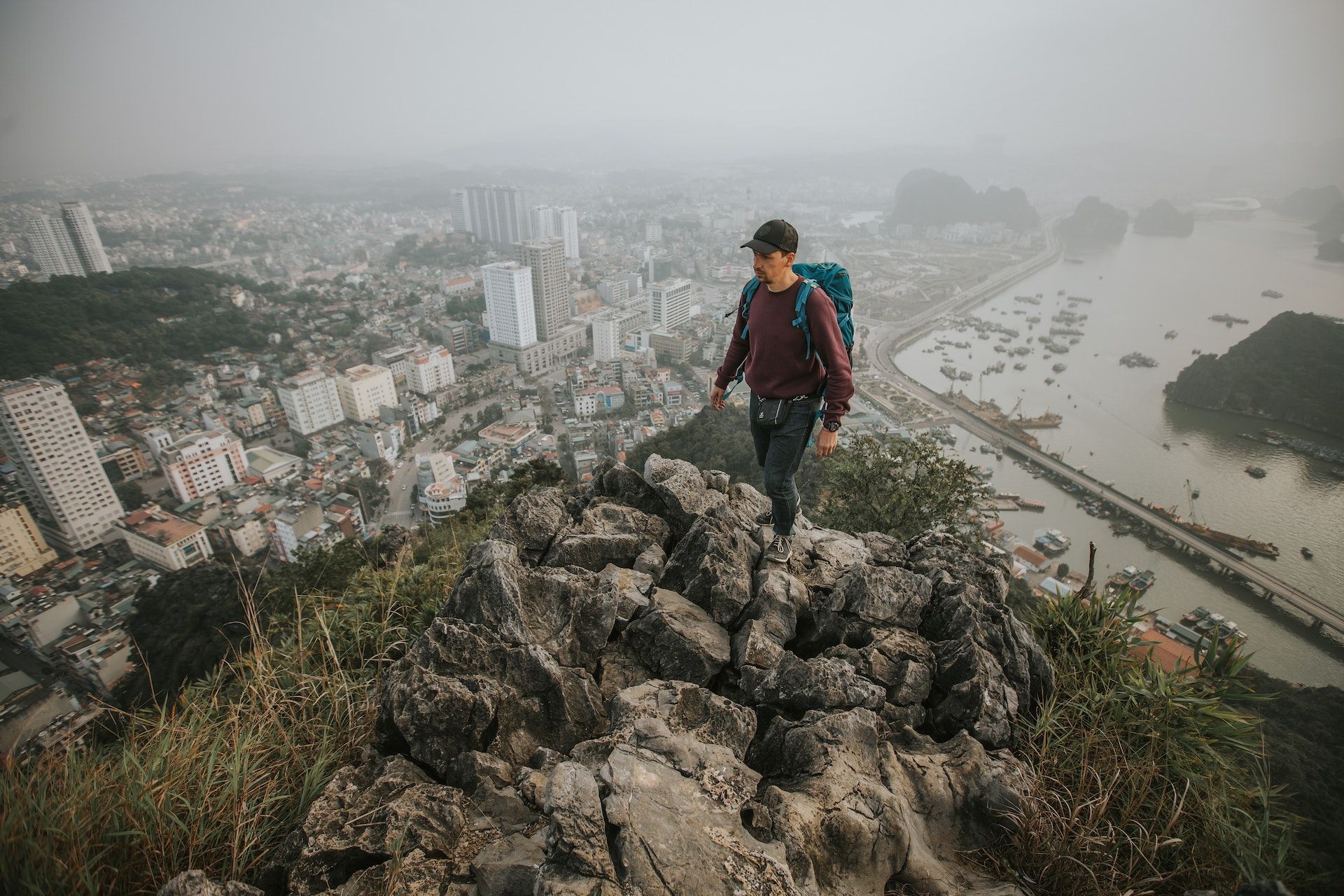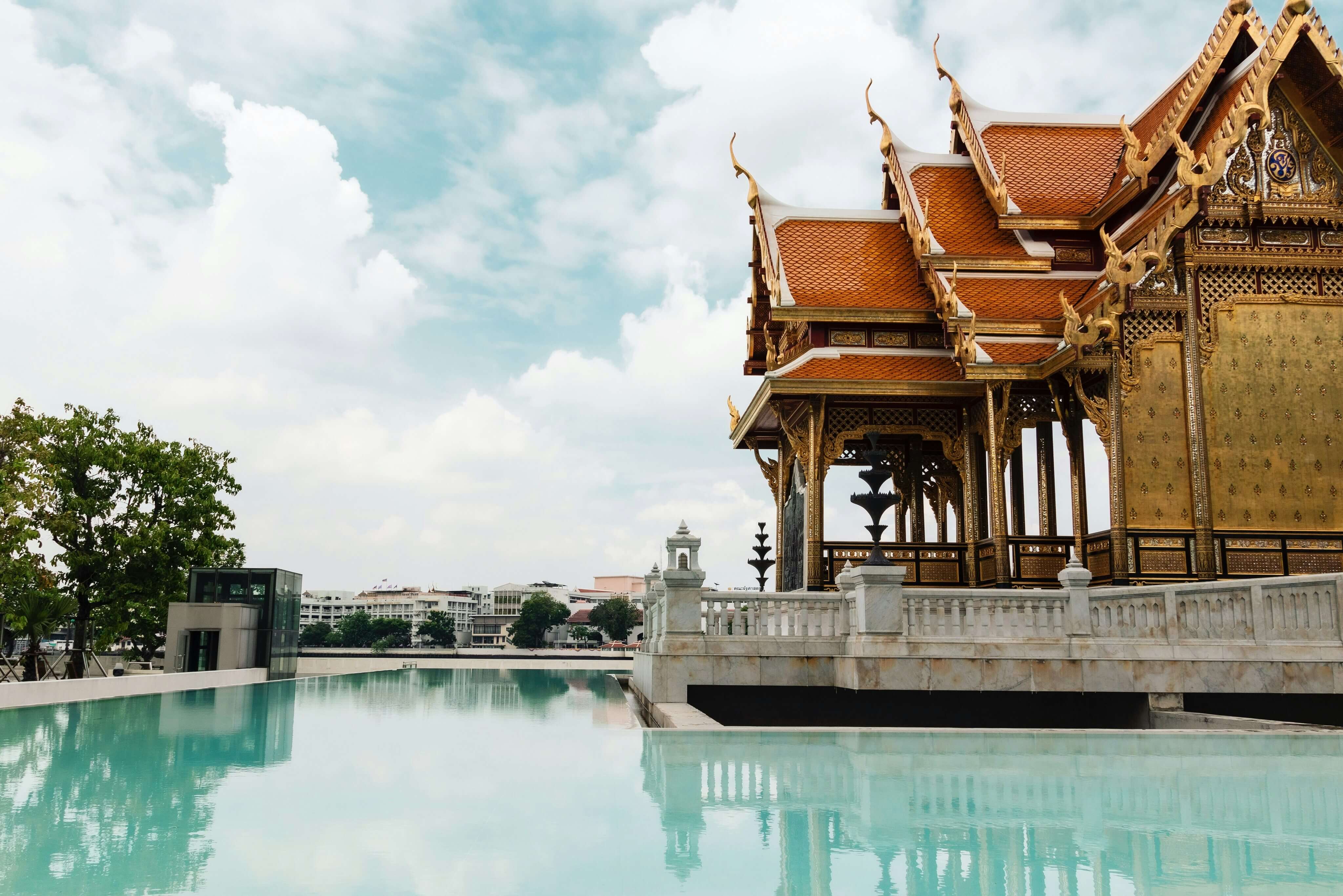What to Know Before Going to Southeast Asia
Prepare for your trip to Southeast Asia with these essential tips
Summary
Southeast Asia is a vibrant region full of diverse cultures, breathtaking landscapes, ancient temples, and bustling cities.
If there is one thing that you should know about Southeast Asia, it is that Southeast Asia is a region with many different countries. And, while there are similarities between these countries, they are very different and definitely not all the same.
As you prepare for your trip to Southeast Asia, here are some essential tips that you should know.

1. Research Visa Requirements
Before heading to Southeast Asia, it's essential to check the visa requirements for each country on your itinerary. While many countries like Thailand, Malaysia, and Singapore offer visa-free entry for short stays, others like Vietnam, Laos, and Myanmar may require you to obtain a visa in advance or apply for an eVisa. Make sure to check your entry requirements for the individual countries on your itinerary before your trip!
2. Best Time to Visit
Southeast Asia has a tropical climate, which means hot and humid weather year-round, but the levels of heat and humidity in the region could vary.
While there aren’t seasons per-se, the weather in the region is generally cooler from November to February. However, it is also not uncommon for it to be generally rainy during this period.
The monsoon season from June to October can sometimes see very heavy rains, and Philippines can be rather heavily impacted by the typhoons during this period.
March and April are generally the dryer months, but it also coincides with the “burning season”, and you could experience rather bad air quality.
3. How to decide which countries to visit
When deciding which countries to include on your trip, there are a few factors you should consider. Aside from entry requirements, it is important to think about what you like to do and how you want to travel.
Thailand is probably the most popular destination to visit in the region, and a trip to Thailand is often combined with a visit to Cambodia or Laos. In recent years, Philippines and Vietnam are also rising in popularity amongst tourists to the region.
Indonesia is best known for its beaches and resorts. Singapore on the other hand is a bustling city and a good gateway to the region - though it might be worth noting that Singapore is more expensive than a lot of the other countries in the region. Malaysia generally doesn’t get as much attention as the other countries, but if you are a foodie, you probably do not want to miss Malaysia.
4. Language, Culture, and Traditions
The official languages vary from country to country, but English is widely spoken in most tourist areas and main cities. Of course, if you will be visiting the rural areas or countrysides, it could be more likely that they spoke their local language or dialects rather than English.
Southeast Asian cultures are rich and varied, but they share a common emphasis on respect, humility, and modesty. Here are some key cultural etiquette tips:
- Dress modestly, especially when visiting temples. Both men and women should cover their shoulders and knees.
- Respect local customs and traditions. For example, in Buddhist countries like Thailand and Laos, it’s considered disrespectful to touch someone’s head or point your feet at people or religious objects.
- Learn basic phrases. While English is widely spoken in tourist areas, learning a few basic words in the local language (like "hello" and "thank you") is a great way to show respect and build rapport with locals.
5. Money and Budgeting
Southeast Asia is known for being budget-friendly, especially for backpackers. However, the cost of travel can vary significantly depending on the country and your travel style:
- Currency: Each country has its own currency, such as the Thai Baht (THB), Vietnamese Dong (VND), and Indonesian Rupiah (IDR). ATMs are widely available, but always carry some cash for smaller vendors, markets, and rural areas.
- Budget: For budget travelers, you can easily spend as little as $20-40 USD per day on accommodation, food, and transport in countries like Thailand, Laos, and Vietnam. In more expensive cities like Singapore or parts of Bali, your daily expenses could be higher.
- Bargaining: Haggling is common in markets and with street vendors in many Southeast Asian countries. Be polite and friendly when bargaining, and enjoy the experience as part of the local culture.
6. Transportation
Getting around Southeast Asia is generally easy and affordable, but understanding your transportation options can make your trip more efficient:
- Flights: Low-cost carriers like AirAsia, Scoot, and JetStar offer cheap flights between major cities in the region. Booking in advance can save you money, but be aware of additional fees for luggage.
- Buses and Trains: Bus and train travel are popular for both locals and tourists, especially for overland routes. Long-distance buses can be an affordable way to travel between countries, such as Thailand to Cambodia or Vietnam to Laos.
- Tuk-tuks and Motorbikes: In some cities and tourist areas, tuk-tuks, taxis, and motorbike rentals are convenient ways to get around. Always negotiate the price before starting your journey, or use ride-hailing apps like Grab.
Stay Connected in Southeast Asia with a Nomad Travel eSIM for Southeast Asia
Having good and reliable connectivity is essential as you travel through Southeast Asia. While getting a local SIM card is generally cheap in Southeast Asia, it could be a hassle having to get a SIM card each time you visit a new country.
Instead, consider getting a travel eSIM for Southeast Asia and stay connected hassle-free as you travel between the Southeast Asian countries. Simply buy your eSIM online before your trip and install your eSIM once.
And if you run out of data along the way, you can buy an add-on from the Nomad Web store or mobile app. The add-on pack will get activated when your original plan expires, so you don’t have to worry about installing the eSIM another time!



